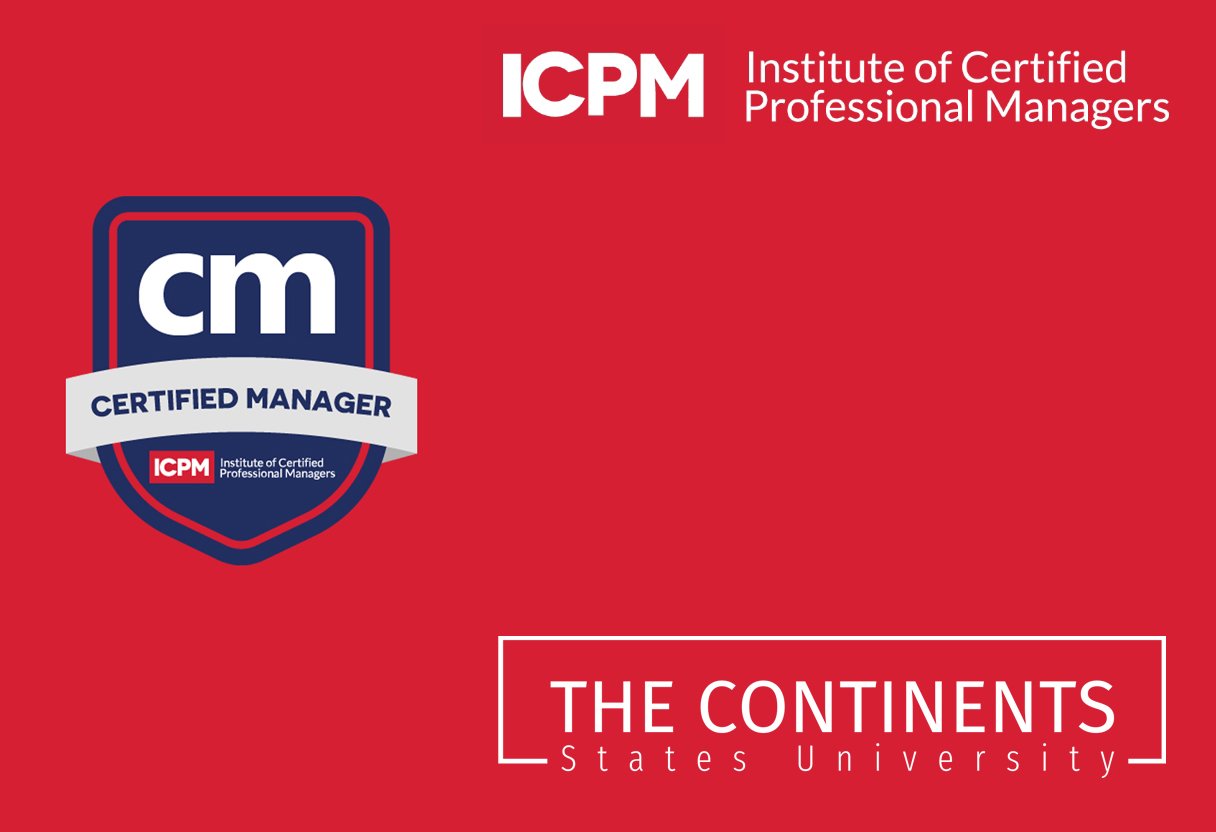The digital age has brought about a profound shift in the way organizations operate, interact with customers, and deliver value. The rapid pace of technological change, increasing competition, and evolving customer expectations have created a pressing need for organizations to adapt and transform. Strategic planning for organizational change is no longer a luxury, but a necessity for survival and success.
The Challenges of Organizational Change
Organizational change is a complex and often painful process. It requires a deep understanding of the organization’s current state, its strengths and weaknesses, and the drivers of change. The challenges of organizational change are numerous, including:
- Resistance to change: Employees may resist changes to their routines, processes, and job responsibilities.
- Lack of clear vision and direction: Without a clear understanding of the organization’s goals and objectives, change efforts may be misaligned and ineffective.
- Insufficient resources: Change requires investment in people, processes, and technology.
- Cultural and behavioral barriers: Organizational culture and behaviors can hinder or block change efforts.
The Role of Strategic Planning
Strategic planning is a critical component of successful organizational change. It provides a roadmap for the organization, outlining the steps necessary to achieve its goals and objectives. Strategic planning involves:
- Environmental scanning: Understanding the external environment, including market trends, customer needs, and competitor activity.
- Internal analysis: Assessing the organization’s current state, including its strengths, weaknesses, and capabilities.
- Goal-setting: Defining the organization’s mission, vision, and objectives.
- Strategy formulation: Developing a clear and compelling strategy for achieving the organization’s goals.
- Action planning: Outlining the steps necessary to implement the strategy.
Best Practices for Strategic Planning in the Digital Age
To be effective, strategic planning must be adapted to the digital age. Best practices include:
- Embracing agility: Strategic planning must be flexible and adaptable to respond to changing circumstances.
- Focusing on customer needs: The organization’s strategy must be centered on meeting the evolving needs of its customers.
- Leveraging digital technologies: Digital technologies, such as analytics and artificial intelligence, must be used to support strategic planning.
- Fostering a culture of innovation: The organization must encourage experimentation, learning, and innovation.
Key Principles for Successful Organizational Change
Successful organizational change requires a deep understanding of the organization and its stakeholders. Key principles include:
- Leadership commitment: Leaders must be committed to the change effort and communicate a clear and compelling vision.
- Stakeholder engagement: Stakeholders, including employees, customers, and partners, must be engaged and involved in the change process.
- Clear communication: Communication must be clear, concise, and timely to ensure that stakeholders understand the reasons for and the impact of the change.
- Continuous monitoring and evaluation: The change effort must be continuously monitored and evaluated to ensure that it is on track and that adjustments are made as necessary.
Conclusion
Strategic planning for organizational change in the digital age is a complex and challenging process. It requires a deep understanding of the organization and its stakeholders, as well as the ability to adapt to changing circumstances. By embracing best practices and key principles, organizations can ensure successful transformation and thrive in the digital age.


